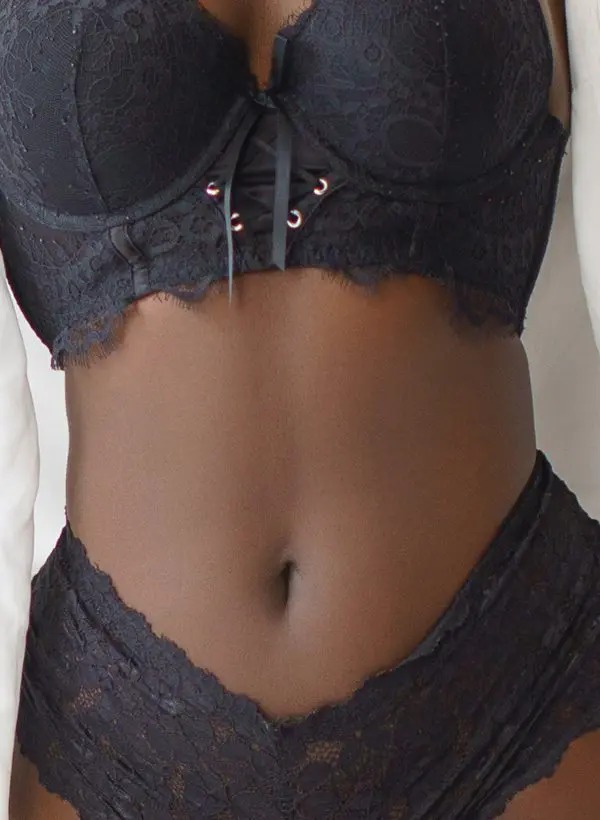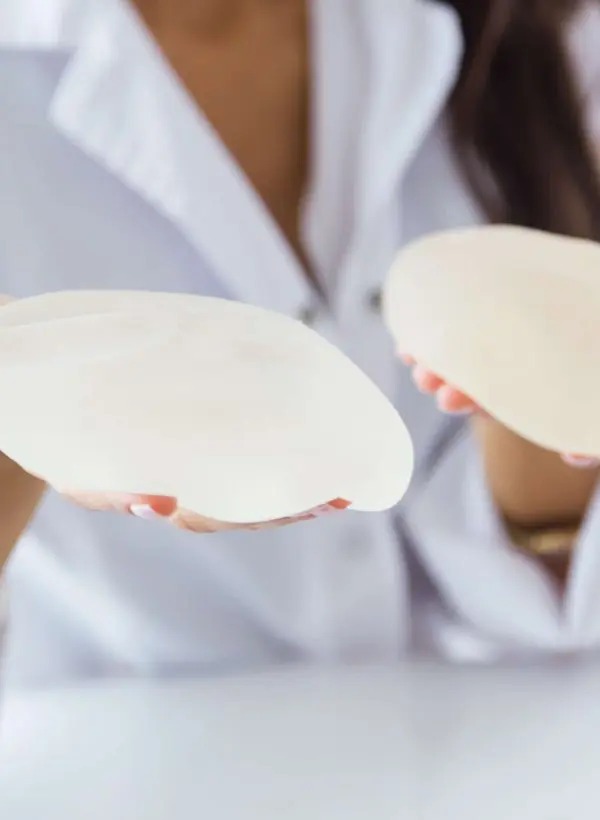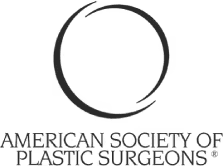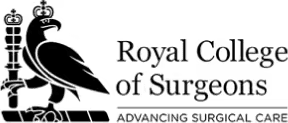CONDITIONS — Breast
Asymmetric Breasts
Asymmetric breasts are a common occurrence in women and can be caused by a number of factors. This condition occurs when one breast is larger than the other, either in size or shape. Asymmetry of the breasts can range from very subtle to quite noticeable. It can be caused by a variety of factors, including genetics, hormonal changes, physical trauma, and medical conditions. Asymmetric breasts can also be caused by a difference in breast tissue or muscle mass between the two sides. Many women with asymmetric breasts feel self-conscious about the condition and can feel embarrassed to wear certain clothing or even to go bra shopping. Fortunately, there are a variety of treatments available to help correct the asymmetry, such as breast augmentation, breast reduction, or breast lift. Although asymmetric breasts can be a source of insecurity for many women, the good news is that you don’t have to live with it. With the right treatment, you can regain your confidence and feel comfortable in your own skin again.

Asymmetric breasts are a common occurrence in women and can be caused by a number of factors. This condition occurs when one breast is larger than the other, either in size or shape. Asymmetry of the breasts can range from very subtle to quite noticeable. It can be caused by a variety of factors, including genetics, hormonal changes, physical trauma, and medical conditions. Asymmetric breasts can also be caused by a difference in breast tissue or muscle mass between the two sides. Many women with asymmetric breasts feel self-conscious about the condition and can feel embarrassed to wear certain clothing or even to go bra shopping. Fortunately, there are a variety of treatments available to help correct the asymmetry, such as breast augmentation, breast reduction, or breast lift. Although asymmetric breasts can be a source of insecurity for many women, the good news is that you don’t have to live with it. With the right treatment, you can regain your confidence and feel comfortable in your own skin again.
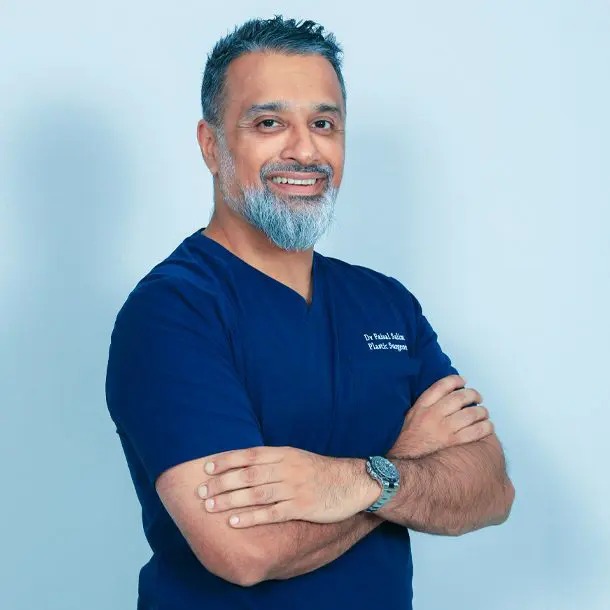
Asymmetric Breasts – Causes, Treatment & Surgical Options
Breast asymmetry is a common condition where one breast is noticeably different in size, shape, or position compared to the other. While mild asymmetry is normal, significant differences can affect a woman’s confidence and body image. Fortunately, modern plastic surgery techniques can correct asymmetric breasts, creating a balanced and natural-looking appearance.
Causes of Asymmetric Breasts
Breast asymmetry can occur due to various factors, including:
- Genetics – Natural variations in breast development.
- Hormonal Changes – During puberty, pregnancy, or menopause.
- Breastfeeding – Uneven milk production can alter breast size.
- Trauma or Surgery – Previous breast surgeries may result in asymmetry.
- Medical Conditions – Conditions like Poland syndrome or tuberous breasts.
Treatment Options for Breast Asymmetry
Dr. Faisal Salim, a leading plastic surgeon in Dubai, offers customized solutions to correct breast asymmetry, including:
- Breast Augmentation – Using breast implants to increase the size of one or both breasts for a balanced look.
- Breast Reduction – Removing excess tissue from the larger breast to achieve symmetry.
- Breast Lift (Mastopexy) – Reshaping and repositioning sagging breasts for a more even appearance.
- Fat Transfer to Breasts – Using the patient’s own fat to enhance breast volume and shape naturally.
Surgical Procedure & Recovery
The surgical approach depends on the level of asymmetry and the chosen correction method. Most procedures are performed under general anesthesia, with a recovery period of 1-2 weeks. Patients may experience temporary swelling and bruising, but results are long-lasting and natural-looking.
Why Choose Dr. Faisal Salim for Breast Asymmetry Correction?
- Expert in Breast Surgery & Aesthetic Procedures
- Personalized Treatment Plans for Natural Results
- Advanced Techniques for Minimal Scarring
- Highly Experienced & Trusted Plastic Surgeon in Dubai
If you are concerned about breast asymmetry, schedule a consultation with Dr. Faisal Salim today to explore the best treatment options for a proportionate, confident look.
Related Treatments
Breast Lift in Dubai
Breast Reduction in Dubai
Liposuction in Dubai
Breast Augmentation in Dubai

Breast Augmentation and Lift in Dubai
News & Resources

Breast Reduction Surgery: Benefits, Risks, and Recovery
Breast Reduction Breast Reduction Surgery: Benefits, Risks, and Recovery Lighter, Firmer, Confident – The Transformation You Deserve! The weight carried, both literally and figuratively, when breasts are disproportionately large can significantly impact daily life, from physical discomfort to emotional strain. It’s a deeply personal experience, and considering surgical intervention is

Common Problems After Breast Reduction Surgery and How to Avoid Them
Breast Reduction Common Problems After Breast Reduction Surgery and How to Avoid Them Breast reduction surgery, or reduction mammoplasty, is a cosmetic technique that reduces the size of a person’s breasts, chest, or nipples. In general, the advantages outweigh the hazards, which are both low and uncommon. Still, it’s critical

Sagging Skin & Jowls: How Facelift Surgery Can Restore a Defined Jawline?
FaceLift Sagging Skin & Jowls: How Facelift Surgery Can Restore a Defined Jawline? As we age, the skin naturally loses some of its strength and elasticity, causing changes in our overall appearance. One of the most prominent effects of this process is the gradual sagging of skin, particularly around the


